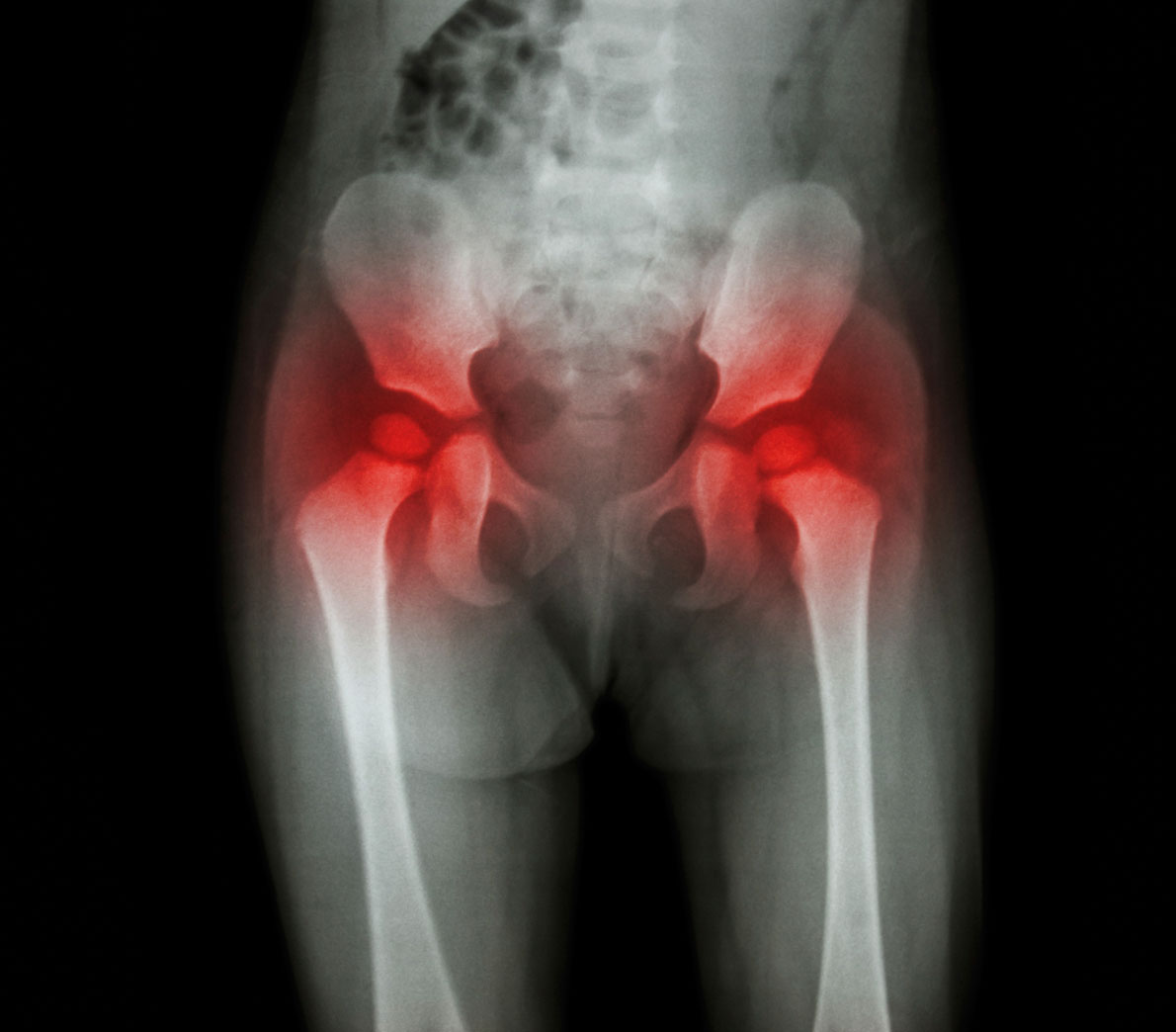When we hear about someone having a broken hip, we often think of the elderly. While many of the more than 200,000 annual U.S. cases occur in people over 60, they are not the only ones who can suffer this injury.
Having a broken hip often means surgery and a long recovery, but it doesn’t have to mean the end of an active lifestyle. Here’s what you need to know about the injury and the healing process.
What Is a Hip Fracture?
A hip fracture is not a break in the pelvis—it’s a break in the femur (thighbone). The hip joint is a ball-and-socket joint where the head of the femur connects to the pelvis.
Most hip fractures occur just below the head of the femur (femoral neck fracture) or a little farther down (intertrochanteric fracture). Both types cause significant pain and require a lengthy recovery.
Symptoms may include:
-
Inability to move after a fall
-
Severe pain in the hip or groin
-
Inability to bear weight on the injured leg
-
Shortened leg on the affected side
-
Outward turning of the leg on the affected side
If you suspect a hip fracture, seek emergency care immediately.
Who Is at Risk?
The most common group affected are adults over 65, particularly women, due to a higher risk of osteoporosis. Fragile bones increase the chance of fractures, often from a sideways fall.
Younger, active people are also at risk—especially in high-impact sports like snowboarding or cycling—where falls directly onto the hip joint can occur. Other risk factors include:
-
Endocrine disorders such as overactive thyroid
-
Tobacco and alcohol use (weakens bone strength)
Prevention tips:
-
Remove home hazards that can cause falls
-
Add safety features like grab bars and better lighting
-
Exercise regularly for strength and balance
-
Ensure a calcium- and vitamin D-rich diet
-
Maintain a healthy weight
-
Get screened for osteoporosis
How Is a Hip Fracture Treated?
Hip fractures in adults almost always require surgery. Imaging (X-ray, CT, or MRI) determines the location and severity. Treatment options include:
-
Repair with screws – For fractures where the bone can heal effectively, metal screws hold the femur together during recovery.
-
Partial or total hip replacement – For severe fractures or patients with osteoporosis, replacing part or all of the hip joint often allows for better post-recovery mobility.
-
Non-surgical comfort care – For patients who are too ill for surgery or have severe mobility limitations, treatment may focus on pain relief and comfort.
How Long Is the Healing Process?
Recovery depends on the severity of the break and the patient’s overall health. Younger, healthier patients typically heal faster.
Most patients are encouraged to get up and move—with assistance—within hours of surgery. Physical therapy is essential to rebuild strength and mobility and to reduce the risk of future fractures.
While a hospital stay may only last a few days, some patients—especially older adults—may need time in a rehabilitation facility. Because hip fractures can reduce long-term mobility and independence, emotional support during recovery is also important.
Sources Cited:
https://orthoinfo.aaos.org/en/diseases–conditions/hip-fractures
https://my.clevelandclinic.org/health/diseases/15781-hip-fracture
https://medlineplus.gov/hipfracture.html
Dr. David Nielsen, D.O. is a board-certified orthopedic surgeon with over 20 years of experience in hand, upper extremity, and shoulder surgery. He trained at Kirksville College of Osteopathic Medicine and the University of South Florida. He brings over two decades of surgical experience and a deep commitment to patient-centered care as the founder of Charlottesville Orthopaedic Center.
Patient Resources
Explore our Patient Resource center for helpful information about our expert team, comprehensive services, informative blog, and how to easily connect with us.
Complimentary Movement Screening
Charlottesville Orthopaedic Center offers complimentary movement screenings to assess your movement, identify imbalances, and help prevent injuries. Whether you’re active, recovering, or want to move better, our expert phsycial therapists provide personalized recommendations for your long-term mobility and wellness.
Learn More








